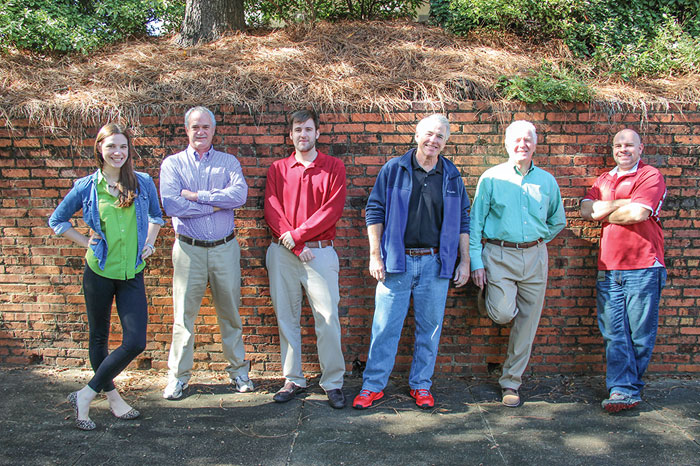While numerous industrial wood pellet plants were being built in the Southern U.S. during the past decade, the two that were built by German Pellets (in Texas and Louisiana) gained the most headlines. Why? Because not long after the one in Texas started up and as construction was in full swing at the one in Louisiana, the parent company was found to be in financial straits. And by the time the one in Louisiana had started up and was producing pellets, during which time it was discovered the plant had numerous “defects,” it was all but over for German Pellets, or as George Bailey said in It’s A Wonderful Life, “It means bankruptcy and scandal and prison.”
We don’t think anybody has gone to prison over anything, yet, and whether “scandal” is the right term for running away from (or with) the $390 million in bonds issued by the Louisiana Public Facilities Authority is up for discussion, but indeed both plant operations and the parent company filed for bankruptcy.
These developments became tasty fodder for environmental groups that were already taking the new industrial wood pellet industry to task for turning trees into pellets, and for some sectors of the wood products industry that didn’t like the disruption of “their” wood supply chain for the purpose of shipping those pellets overseas for burning in power generation plants.
Enter Drax, which is really the company that started the industrial wood pellet movement when, following the release of the European Commission’s Climate & Energy Package (which stemmed from The Kyoto Protocol), Drax decided to pursue the conversion of three of its six 660 MW boiler units from coal to biomass at its power generation facility in England. Following the successful conversion of the third one in late 2016, Drax was bringing in 7 million tons of wood pellets annually. Hello new global industrial wood pellet industry.

From Left: Jessica Johnson, Associate Editor; Dan Shell, Managing Editor; Jay Donnell, Associate Editor; Rich Donnell, Editor-in-Chief; David (DK) Knight, Co-Publisher/Executive Editor; David Abbott, Senior Associate Editor
In the meantime, Drax decided to supply some of those pellets itself, and built, started up and today operates industrial wood pellet plants in Gloster, Miss. and Bastrop, La., each producing 450,000 tons of pellets and rising, complemented by a port operation at the Port of Greater Baton Rouge. As Drax completed the conversion of a fourth unit, it decided it wanted to supply more pellets to its facility in England, and went shopping.
It didn’t have to walk up and down too many aisles until it came upon the German Pellets mills, both looking desperately for buyers. Drax showed some interest in the Texas facility at Woodville (what a great name by the way), and in a port facility that German Pellets had started up at Port Arthur, Texas, but then a fire at the port smothered those notions. Drax turned to the facility in Urania, La. and bought it with a winning bid as part of a bankruptcy proceeding. Compared to what the facility cost to build, you might say Drax got a bargain basement deal.
Drax had done some due diligence on the facility, but those kinds of biddings don’t hold the door open for long before you have to leave. After the purchase Drax confirmed the plant did indeed have numerous “defects,” but after much work led by some experienced industrial wood pellet personnel, the plant appears to have turned the corner. Add the fact that Hunt Forest Products is currently building a sawmill adjacent the Drax plant, and that Drax will consume all of Hunt’s residuals, and the once downtrodden Urania plant, now called LaSalle BioEnergy, has become a major asset for Drax.